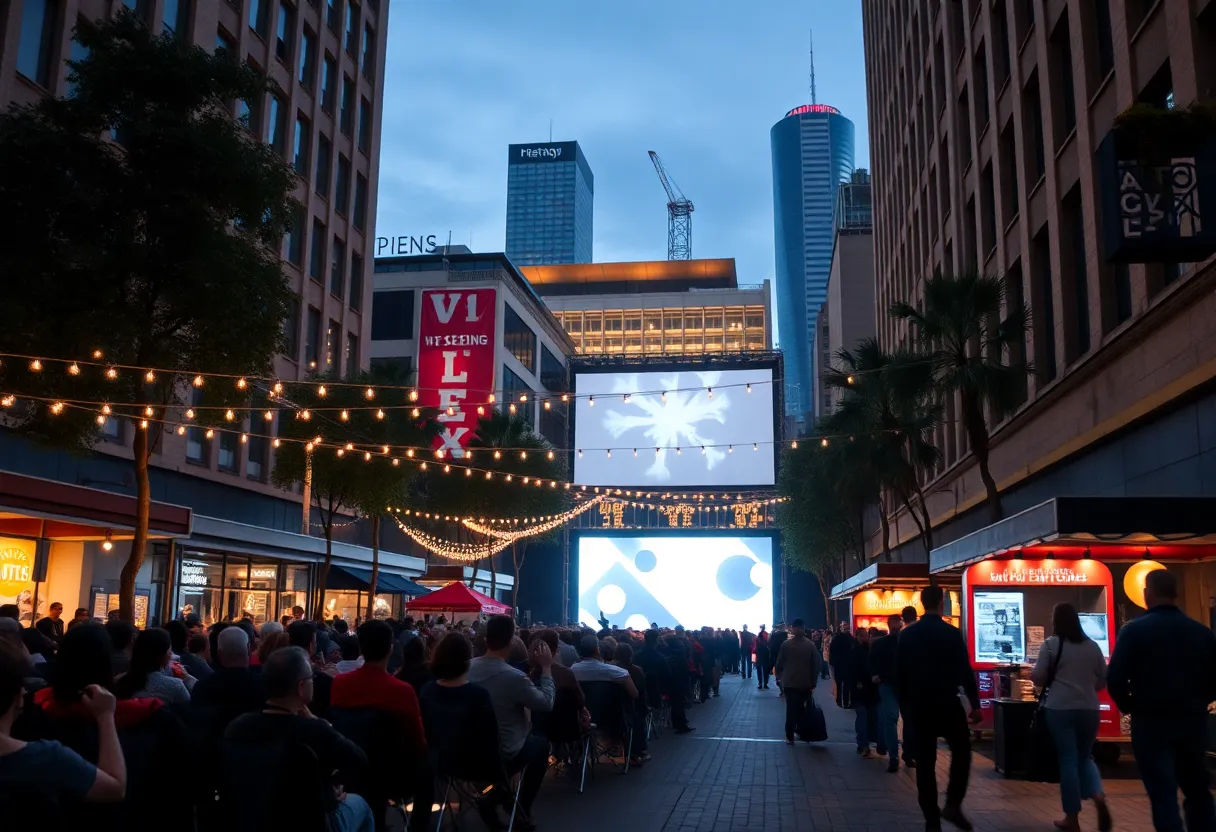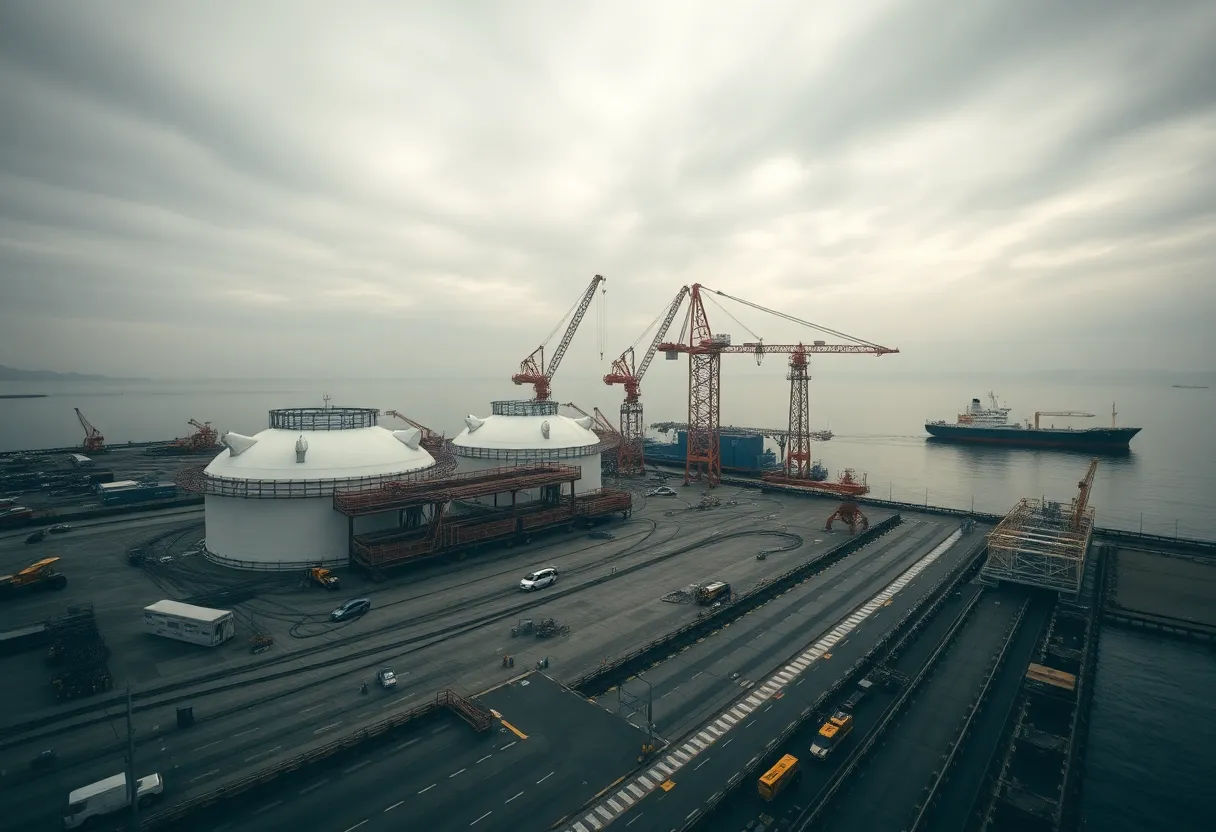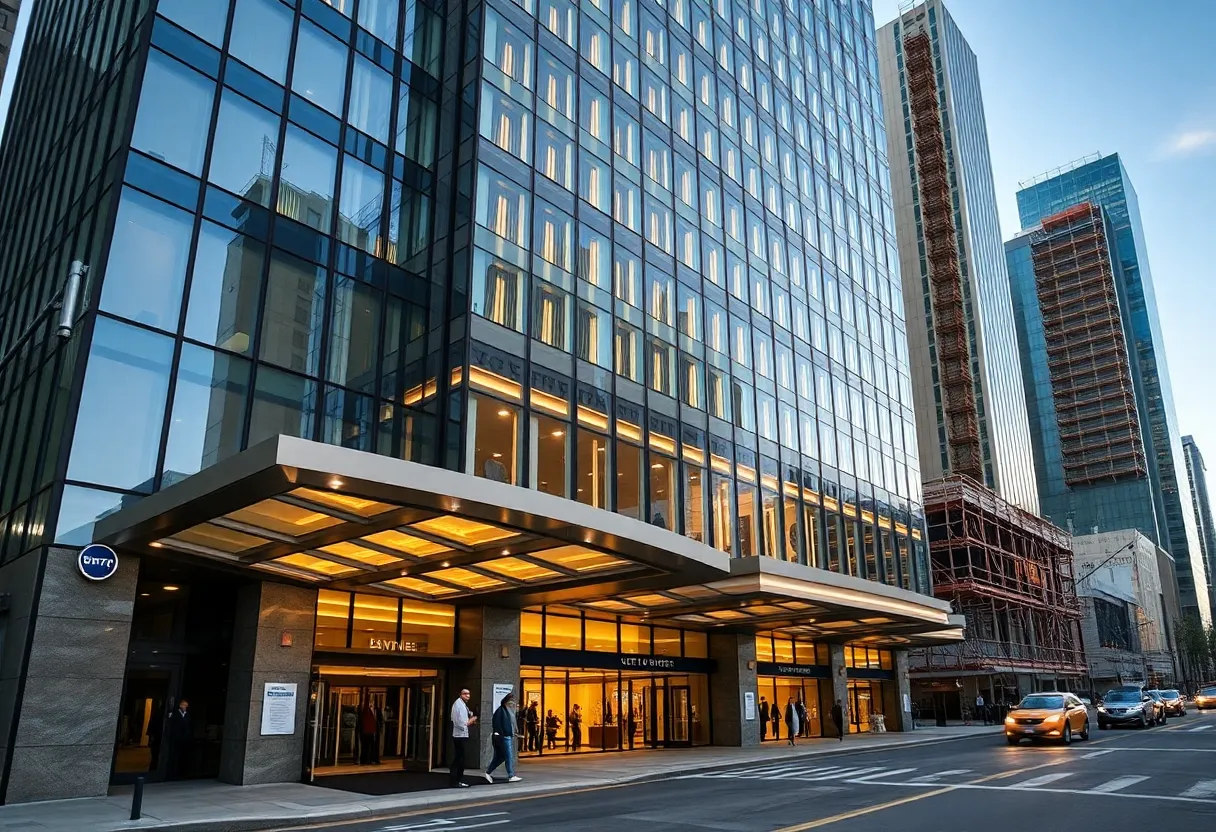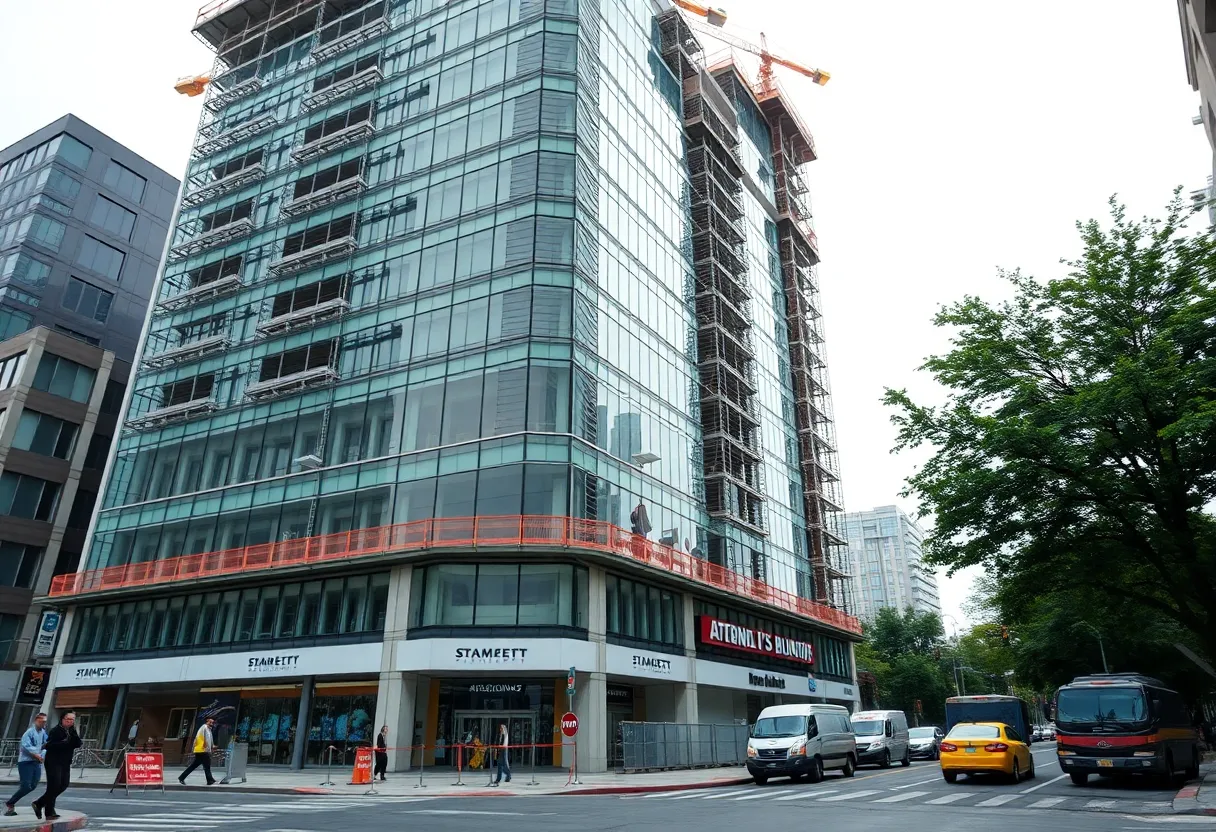Toronto, September 4, 2025
News Summary
The city’s flagship film festival marked its 50th edition while juggling celebration and strain. Attendance surged with an estimated 700,000 taking part in festival activity, and the organisation moved from a prior deficit to a $3.1-million surplus after cost-cutting and revenue efforts. Corporate sponsorship fell about 16% year over year. The five-screen downtown multiplex remains tied to longstanding construction loans and generated roughly $1.3-million at the box office, up from the prior year but short of pre-streaming highs. Organisers face programming criticism, political risk, and hope a planned content market will strengthen deal-making.
TIFF at 50: Debt, Sponsors and Programming Puzzles Meet Street Parties
Top lines
The film festival marking its 50th edition opens for an 11-day run but faces lingering financial and programming challenges even as street-level celebrations return to the city. The organization that runs the year-round multiplex known as the Lightbox is still servicing construction loans roughly 15 years after the venue was built. Corporate sponsorship fell sharply between 2023 and 2024, and industry observers have criticized festival programming choices even as attendance and some box-office figures show improvement.
Money and sponsorship
Corporate sponsorship revenue was down about 16 per cent year over year. The festival has a three-year presenting deal with a major media company that is widely viewed as smaller in value than the long-standing pact with the previous lead partner. The organization closed fiscal 2023 with a deficit of $6.6 million, then restructured and prioritized revenue generation to end fiscal 2024 with a surplus of $3.1 million.
Lightbox operations and box office
The five-screen Lightbox reported about $1.3 million in year-round box-office receipts for 2024, a rise of roughly 22 per cent compared with the prior year. That total remains below the venue’s pre-streaming high from 2018, when the multiplex grossed about $1.6 million across the year. The Lightbox’s top-performing titles in 2024 included Anora, Perfect Days and The Brutalist, all of which screened at the festival before general release. One title, Anora, earned nearly three times more at a larger downtown cinema than at the Lightbox, highlighting the competitive and fragile theatrical marketplace for independent and art-house films.
Programming and prestige positioning
Critics and industry insiders say the festival has softened programming discipline, at times prioritizing star-powered premieres or agency-driven submissions over a tighter, more highly curated slate. Several prestige films that observers expected to play the festival instead debuted at other major events earlier in the season. A number of titles that premiered at the festival later struggled to secure broad theatrical distribution, were released straight to streaming in some markets, or were given limited runs that diminished their profile.
Content market plan and strategy
Organizers are pursuing a new official content market backed by a federal investment of $23 million, with a planned launch in 2026. Details remain limited, and the initiative aims to bolster the festival’s role in deal-making rather than serving only as a later stop on the awards circuit.
Public programming, street events and anniversary activations
The 50th edition blends traditional screenings with expansive public programming. A multi-day pedestrianized Festival Street will transform a stretch of King Street West into a free, family-friendly zone with outdoor screenings, live music and food for four days. A separate Timescape installation will run in the Yorkville neighbourhood, featuring archival footage, a ruby-lined walkway, live music, on-site art-making and director Q&A sessions. The festival’s downtown footprint includes free outdoor cinema in a public square, pop-up retail collaborations, culinary activations timed to premieres, and a livestreamed red carpet on a large public screen.
Attendance, crowding and civic impact
The festival reported a record-breaking total of about 700,000 visitors last year, a figure that includes estimates of people who crossed Festival Street. Large crowds and street closures have practical effects on transit and local businesses; one long-running streetcar route remained suspended through the summer because of construction work affecting the festival zone.
Controversies and operational strain
Organizers have faced public friction with filmmakers over programming and screening decisions in recent years, an episode that underscored internal tensions at the year-round headquarters. The festival also expects to manage the possibility of political protests during screenings and public events, adding another layer of complexity to operations and sponsor relations.
Outlook
Festival leaders aim to reposition the event as the starting point for awards-season conversations while strengthening commercial partnerships and the Lightbox’s year-round performance. Success will depend on securing larger sponsorship deals, finding a clearer programming balance that generates both critical acclaim and commercial traction, and ensuring that the new content market meaningfully changes how films are bought and sold during and after the festival.
FAQ
Is the Lightbox still paying construction loans?
Yes. The year-round multiplex is still servicing construction loans roughly 15 years after it opened.
How many days does the 50th festival run?
The festival runs for 11 days in early September, with public street programming concentrated in a multi-day window within that period.
What public activations are free to the public?
Festival Street events, parts of the Yorkville Timescape installation, outdoor screenings and several pop-up activations are free and open to the public.
How did sponsorship and finances change recently?
Corporate sponsorship declined about 16% year over year. The organization moved from a deficit in one fiscal year to a surplus after restructuring and a focus on revenue-generating activity.
Is the Lightbox making more money from tickets?
Year-round box-office was up about 22% in 2024 to roughly $1.3 million, but this remains below the high-water mark set in 2018.
What is the content market announcement?
The festival plans an official content market backed by a federal investment of $23 million, with a target launch in 2026. Few public details are available yet.
Key features at a glance
| Feature | Detail |
|---|---|
| Festival length | 11 days in early September |
| Public events | Four-day Festival Street, Yorkville Timescape, outdoor screenings, music zones, pop-ups |
| Lightbox | Five screens, $1.3M year-round box office in 2024 (up 22%) |
| Finance | 2023 deficit $6.6M; 2024 surplus $3.1M after restructuring |
| Sponsorship | Corporate sponsorship down ~16% from 2023 to 2024; current three-year presenting deal smaller than previous partner’s |
| Content market | $23M federal support announced; launch planned for 2026; details limited |
| Attendance | Reported record of about 700,000 visitors last year (includes street estimates) |
| Programming challenge | Perception of less selective programming; many prestige films premiering earlier at other festivals; mixed post-festival distribution outcomes |
Deeper Dive: News & Info About This Topic
Additional Resources
- Reuters: What you need to know about Toronto International Film Festival
- Wikipedia: Toronto International Film Festival
- Toronto Life: TIFF’s birthplace getting a literal memory lane
- Encyclopedia Britannica: TIFF Bell Lightbox
- Now Toronto: TIFF’s Festival Street is taking over King West
- Google News: Festival Street TIFF King West
- TicketNews: To The Victory — tickets on sale at TIFF Bell Lightbox
- Google Search: To the Victory TIFF Bell Lightbox
- Billboard Canada: Diljit Dosanjh — Billboard Summit / NXNE coverage
- Google Scholar: Diljit Dosanjh NXNE





